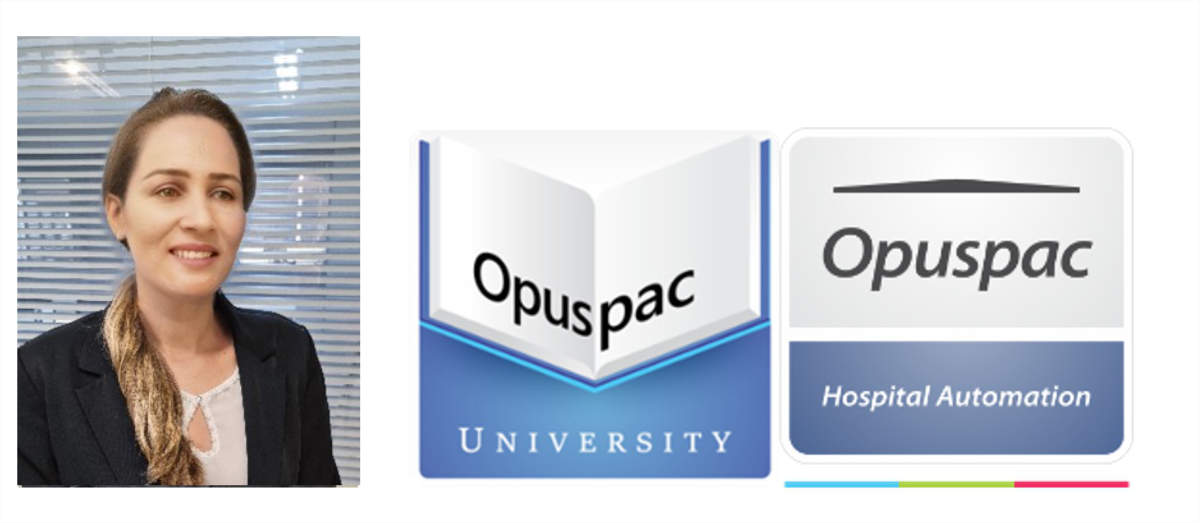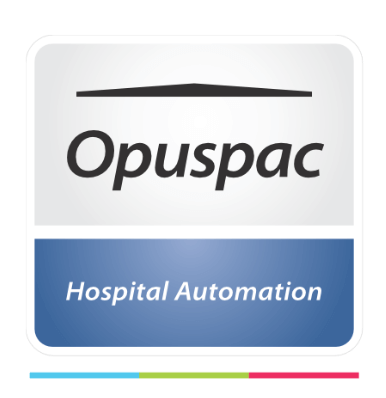In 400 BC, the Greek doctor Hippocrates said, “The first thing is to do no harm”; the quote shows the importance of managing patient-related actions to avoid events that cause harm. In other words, there is always a “quid pro quo” (something for something). As models in risk management, we can cite high-reliability industries (HRO), such as nuclear power plants, semiconductor industries, chemical industries and aviation, which provide more safety in their processes. One example is the safe surgery checklist, which was developed from the aviation checklist model.
According to the renowned psychiatrist James Reason, creator of the Swiss cheese theory to explain failures, accidents, catastrophes and failures in complex systems, the impact of a failure depends on where it occurs and there must be barriers to prevent these errors throughout the process. And based on this, it is important to properly manage risks and the environment, as they can influence the severity of the outcome.
According to Professor Jens Rasmussen, also very influential in the field of safety science and human accidents, risk is a living, dynamic system that is constantly changing according to changing contexts and differences between levels of workers and organizations.
And, from the influence of Organizational Culture, actions related to risk control are defined, promoting greater safety for patients and collaborators. The safety culture cannot be decreed, but is built collectively every day, in speeches and actions.
Some situations that deserve attention are:
- Definition of the most important risks and the conviction that they can change, so they require careful control;
- Recognition of teamwork, mobilization and knowledge of all;
- Balance between rule and action able to anticipate events and unforeseen events;
- The conception of barriers on a day-to-day basis;
- Safe and proactive compliance through certainty in decisions, participative management and discussions among professionals;
- Trust and freedom of expression through a fair culture, circulation of information, consistency of actions and speeches;
- Human organizational factors: people, their working conditions, work teams, organization and management.
A human error is a consequence of other defects in the organization, in 95% of the cases.
In many sectors, people simply do what they can to solve their daily problems. Without collaboration, and even breaking the rules, incidents would be more frequent.
CONCLUSION
Study the process, the means involved and the prevailing safety culture, analyze each part and use tools to go to the root causes. Don’t be superficial and act collectively. It is important to accept that the incident will occur and we must be prepared to prevent or mitigate damage. Don’t blame people’s malice, as it has been shown to occur in less than 1% of incidents. The responsibility almost always goes through management that needs to be changed. A company will be blamed if an accident occurs when that risk was measurable and was ignored.
“We cannot change the human condition, but we can change the conditions in which we work so that mistakes are less likely and easier to recover from if they occur.” (James Reason)

Pharmacist Daniela Faria












